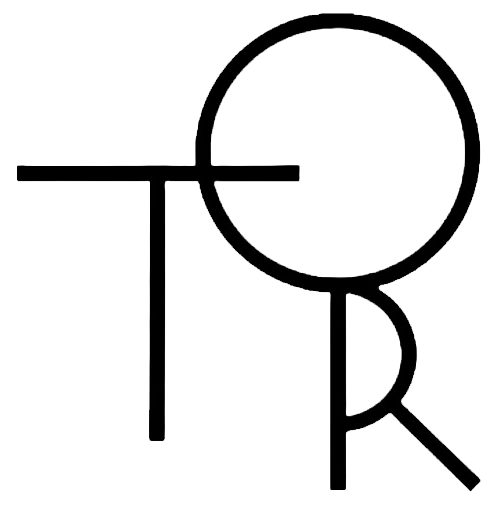Why dyes from nature?
-
Colour is one of the first things that catches peoples attention. It's deeply expressive and powerful. However the story behind where most fashion gets its colour from isn't as pretty - and we are becoming more aware of the impacts of fashion on the environment.
TOR promotes natural fibres, natural dyes.
Our colours are pure Earth ingredients, extracted from elements of nature - plants, roots, tree bark, leaves, flowers, herbs, food waste and spices.
Natural dyes have a much lower environmental impact than synthetic dyes and is biodegradable, non-toxic and non-allergenic, making them better for use around humans.
Natural dyes produce an extraordinary diversity of rich and complex colours - making them exciting to use (and wear!). The colours are from living nature and are in fact "alive", that evolve with time.
-
We respectfully forage locally in Naarm/Wurundjeri country, seeking fallen branches, bark and dead leaves.
We also use flowers and food waste from local supportive businesses and would like to thank Frootz on Parade in Clifton Hill, and Wild Things grocers in North Fitzroy.
For colours we cannot forage locally, we purchase as organic ethically extracted powder extracts.
-
We love extracting colour from nature! Nature loves to keep us on our toes and sometimes the colour is different even though we have foraged from the same tree/plant - and we love that about natural dyes!
For extracting colour from the plant material we use traditional natural dye methods - soaking and boiling the plant material, sometimes for 2-3 days, until all the colour has been extracted.
We only use ‘substantive’ elements from nature that are natural dyes (and not stains) that will bind and adhere to the fibre and be colour fast for longevity.
-
The secret to bright and long-lasting natural dye colours is good preparation and … time and patience.
The fibres need to be properly scoured and mordanted before they are dyed. For this we use metal salts - aluminium, and also tannin from oak galls (which combined act as a strong bind between the nature dye and fabric).
We use a number of different dye methods and are always experimenting and learning new ways of creating! Fabric may sit in the dye vat from an hour up to a month and the colours benefit from curing before the fabric is washed.
-
For disposing of the metal salts used in the mordanting process, we are careful to use only the exact amount required based on the weight of fibre (WOF). This requires more time in weighing and precisely preparing our mordant, however this ensures that only the right amount of metal salt is used and fully absorbed into the fibre so that the natural dye can bind to the fibre and stay.
By the time we have finished the mordanting soak, there is none (to little) metal salt left in the vat and what is left, we dispose of responsibly.
-
Irregularities in the dye are part of the natural charm of hand dyeing.
All natural dyes (like synthetic dyes) will fade or evolve over time - after all the colour comes from natural living things and have a life of their own!
